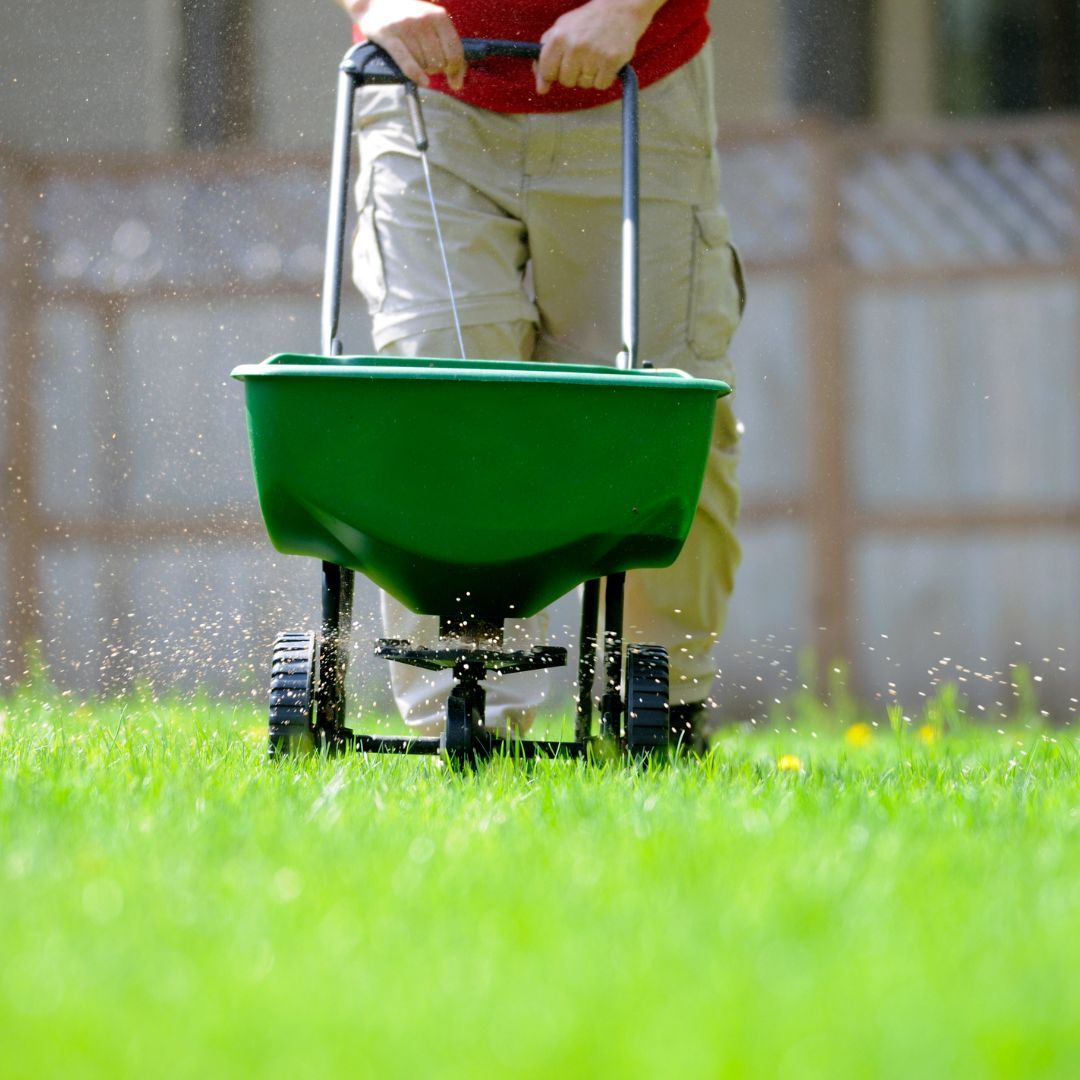As a homeowner or turf lover, the health and quality of your lawn is certainly important to you. One key element to achieving a healthy lawn is through proper fertilization, which includes the use of lime. However, not all limes are created equal. There are two main types of agricultural lime – dolomitic and calcitic lime. In this blog, we’ll explore the differences between these two types of lime and why it matters what you use.
1. Composition
Calcitic lime is made up of calcium carbonate, while dolomitic lime consists of calcium magnesium carbonate. Essentially, dolomitic lime contains higher levels of magnesium than calcitic lime. This difference in composition will impact how each lime reacts to the soil and the plants growing within it.
2. pH Level
The pH level of the soil determines how acidic or alkaline it is, which directly affects the availability of nutrients to plants. Calcitic lime has a higher pH level than dolomitic lime, meaning it is more alkaline. Dolomitic lime, on the other hand, is less alkaline due to the presence of magnesium. Depending on the composition of your soil, one type of lime may be more effective in balancing the pH level than the other.
3. Nutrient Availability
The type of lime applied to the soil can also impact the availability of nutrients to plants. For example, magnesium is a key nutrient that plants need for healthy growth, and dolomitic lime can provide this essential nutrient. Alternatively, an excess of magnesium can negatively impact the availability of other important nutrients. Therefore, it is important to take into account the nutrient needs of your specific lawn or plants when selecting a lime.
4. Cost
Cost is always a factor to consider when choosing between different products, and lime is no exception. Generally, calcitic lime is less expensive than dolomitic lime due to its composition and production process. However, the cost-benefit of each type of lime may vary depending on the specific needs of your lawn.
5. But Which One Should You Use?
The best type of lime to use for your lawn or garden is largely dependent on your specific soil composition and nutrient needs. Generally speaking, calcitic lime is effective when soil conditions are less alkaline and magnesium levels are sufficient. Dolomitic lime is more effective when magnesium levels are low, and the soil is more alkaline. A professional soil test can help you determine which type of lime is best suited for your specific lawn or garden.
Conclusion:
While both dolomitic and calcitic lime provide benefits to your lawn and garden, understanding the differences between the two can make all the difference in the health and growth of your plants. By considering composition, pH level, nutrient availability, and cost, you can make an informed decision on which type of lime to use for your specific needs. When in doubt, consult with a professional to ensure your lawn or garden has the best chance for success.
Remember the details matter....
"When It Needs to be done RIGHT!"

